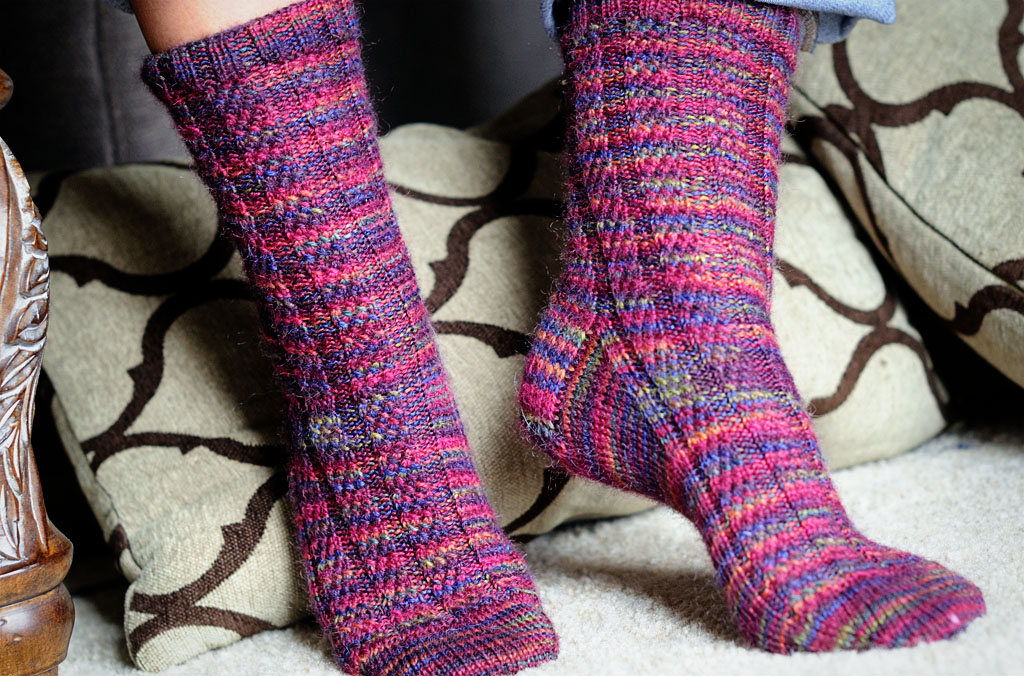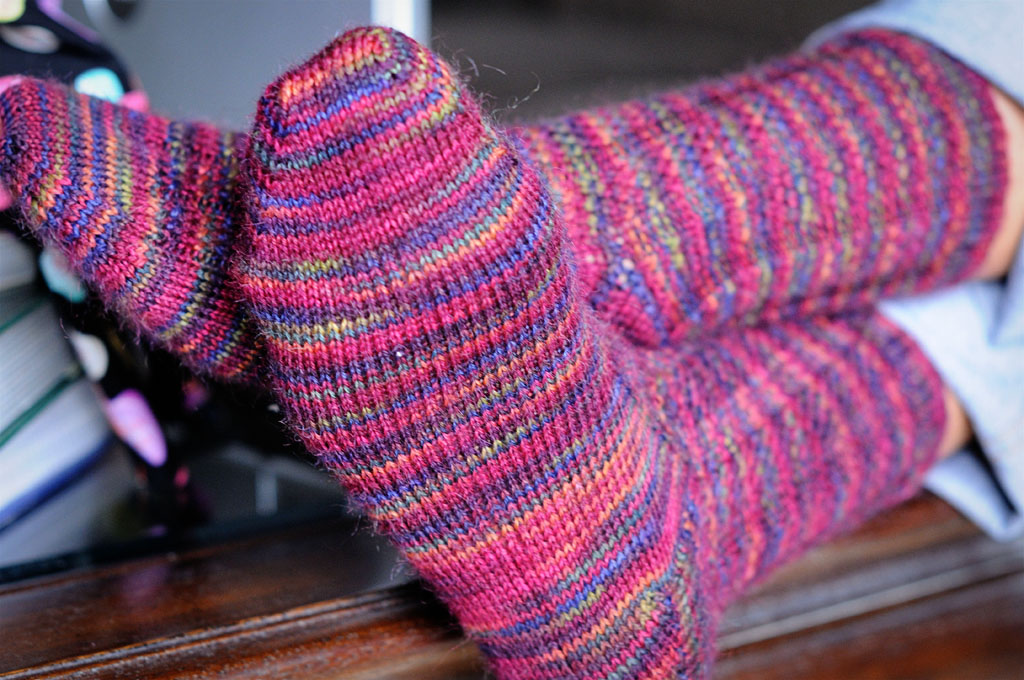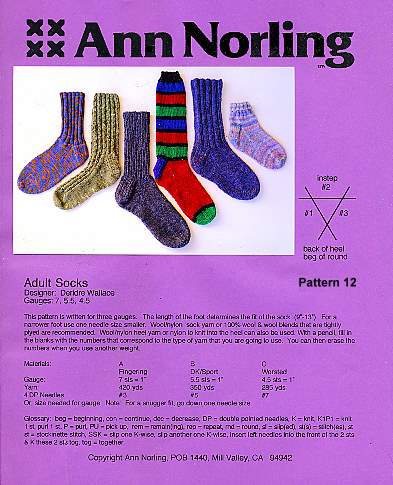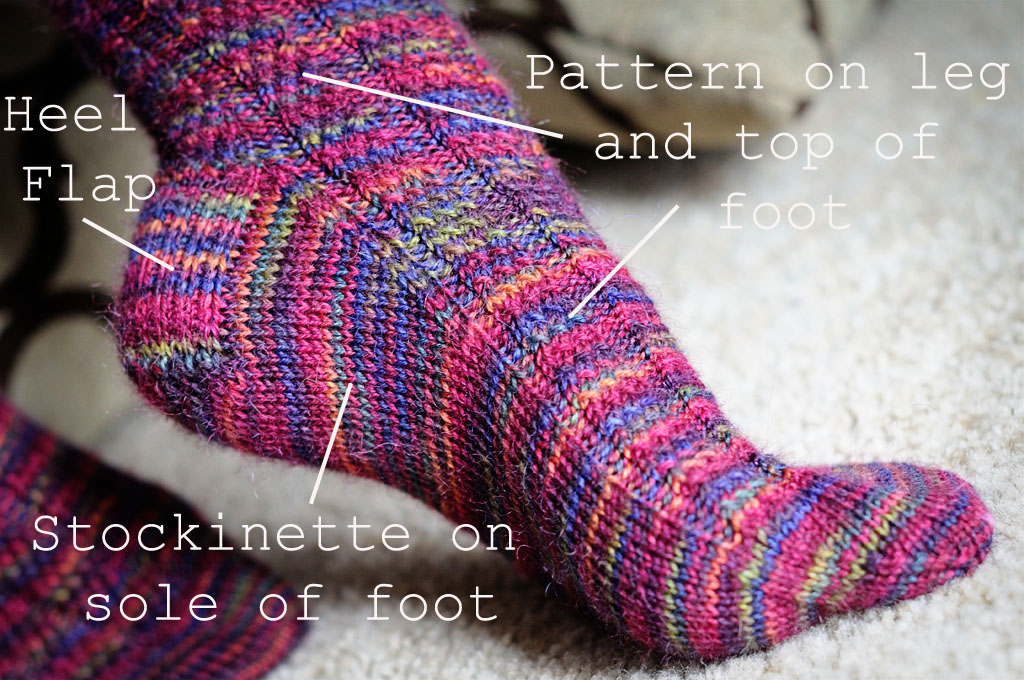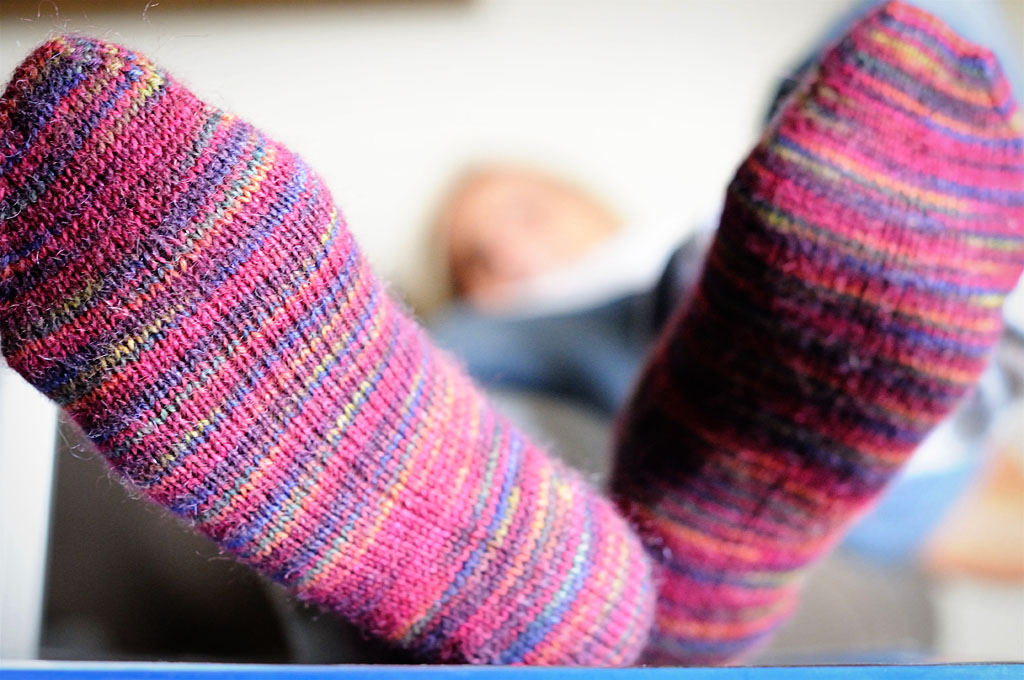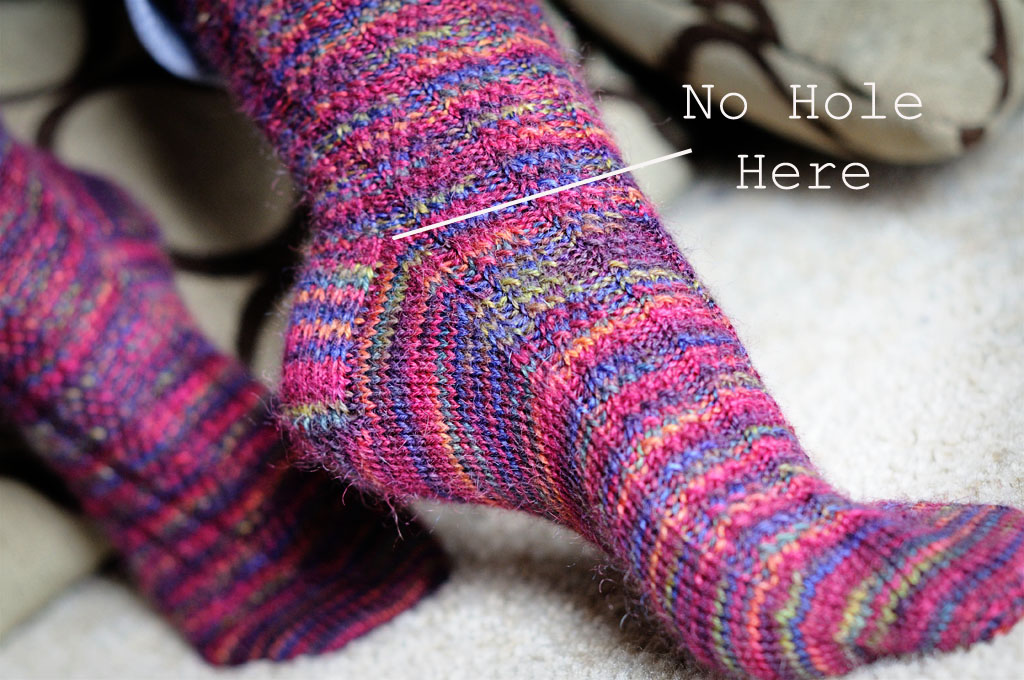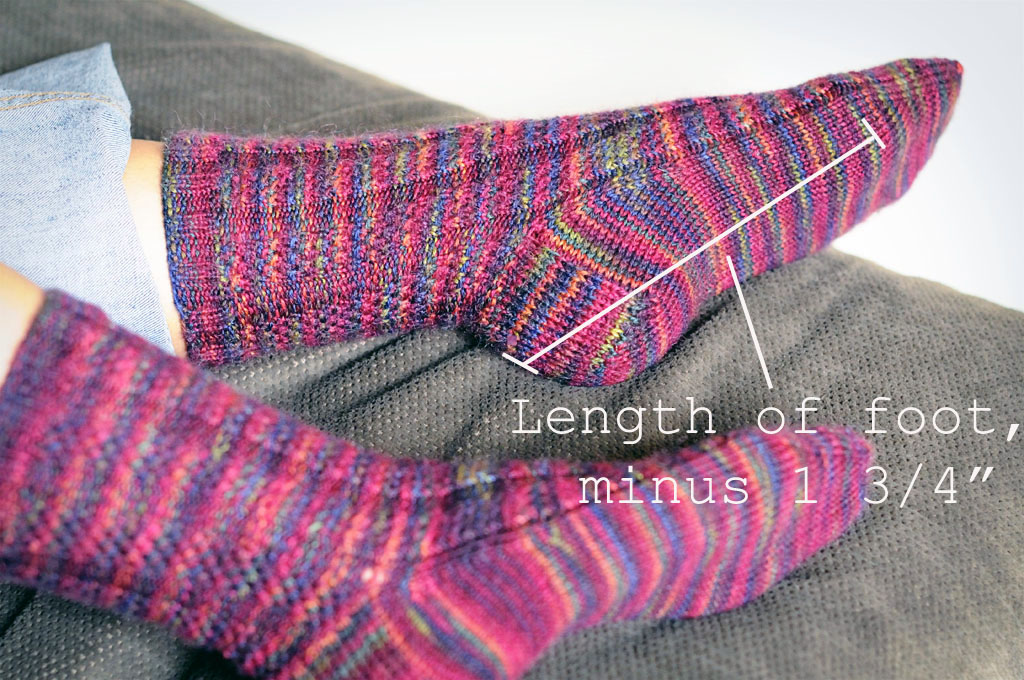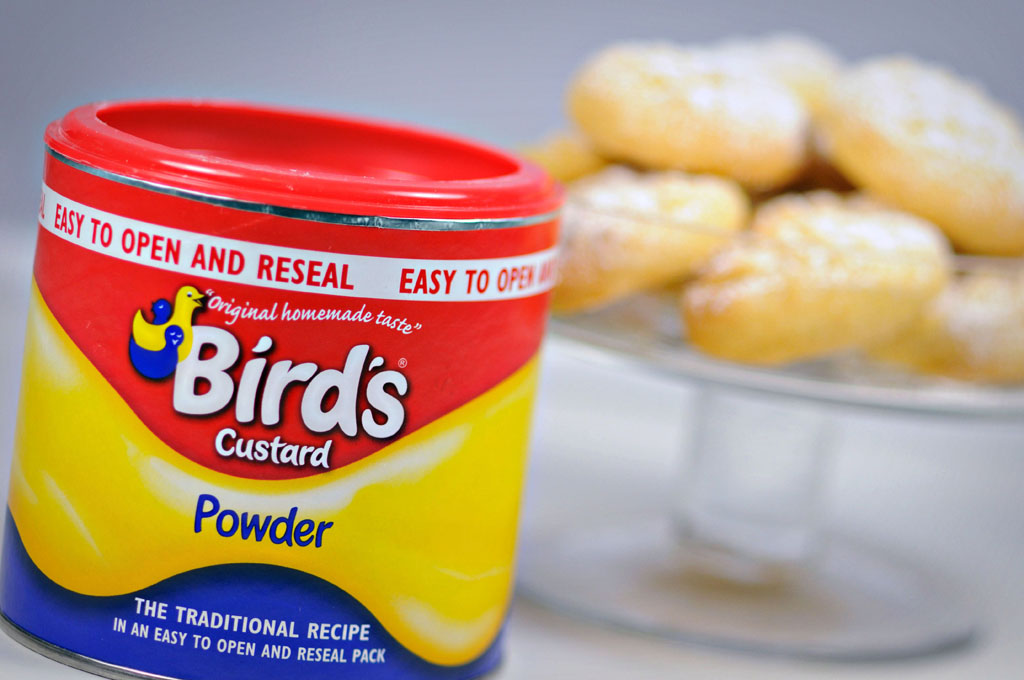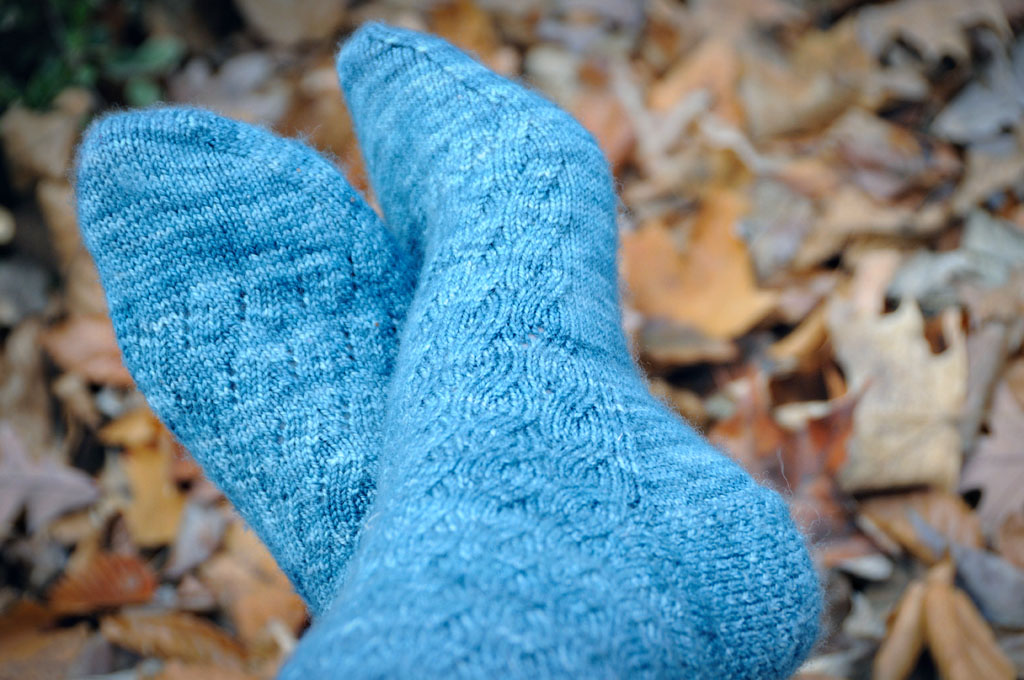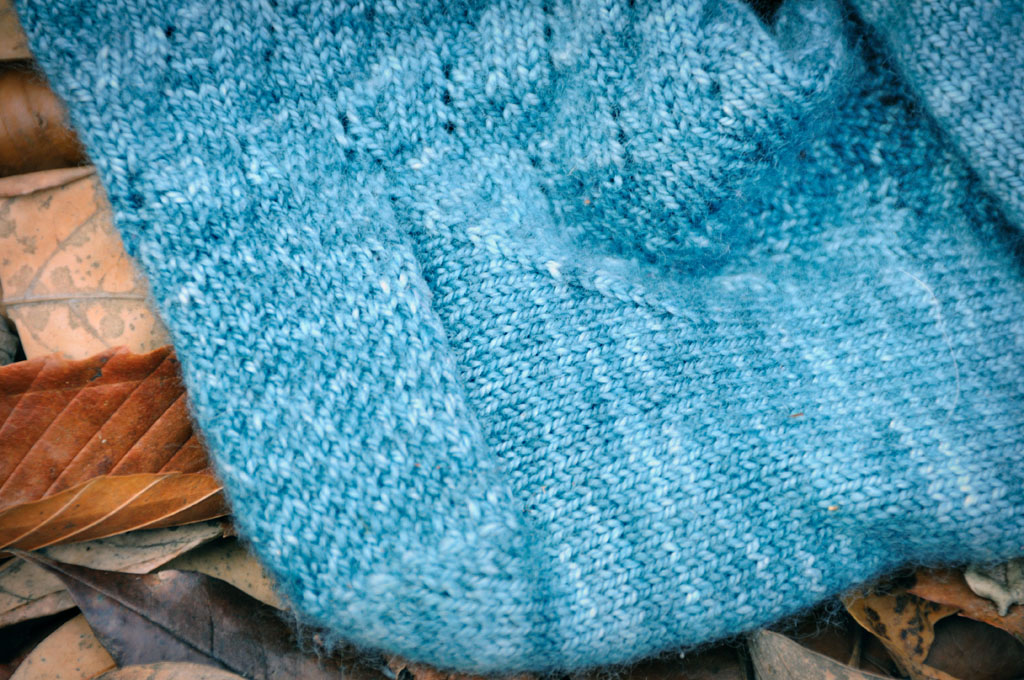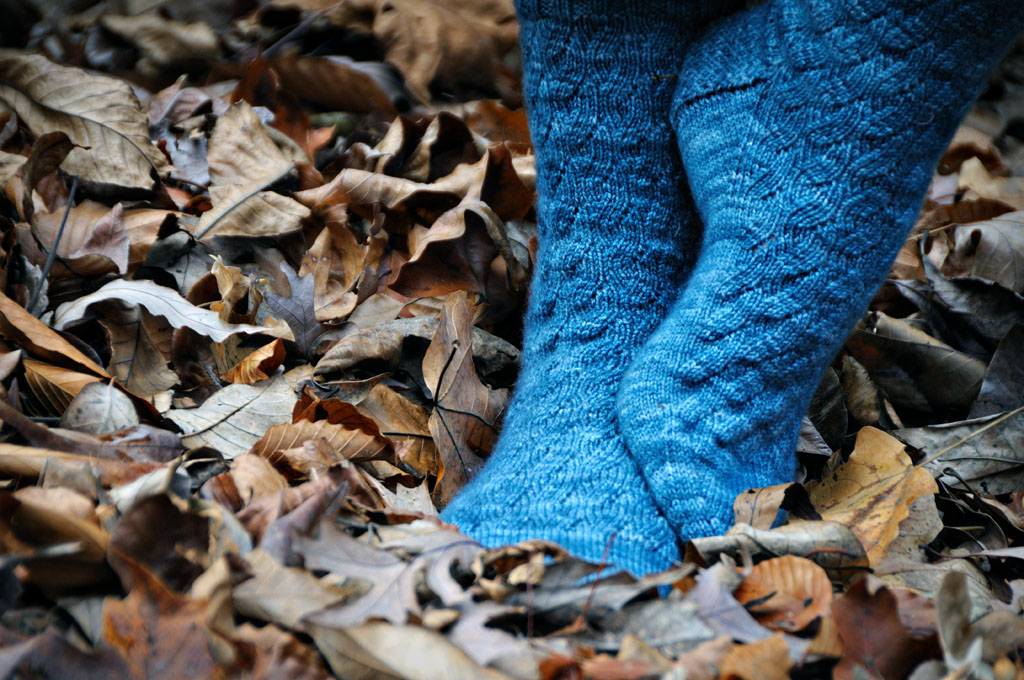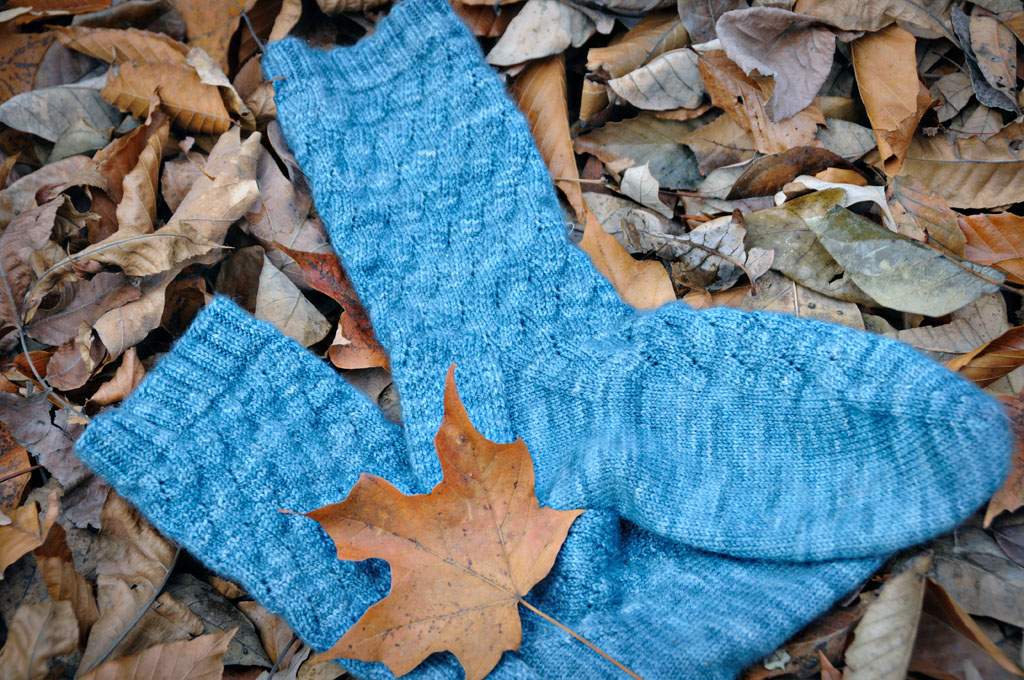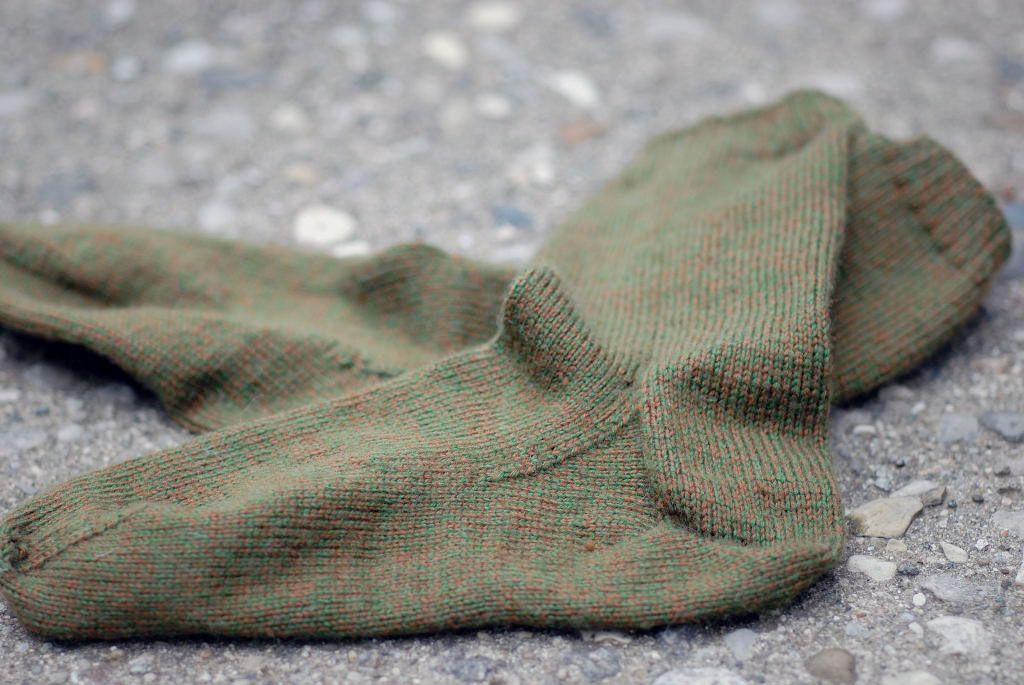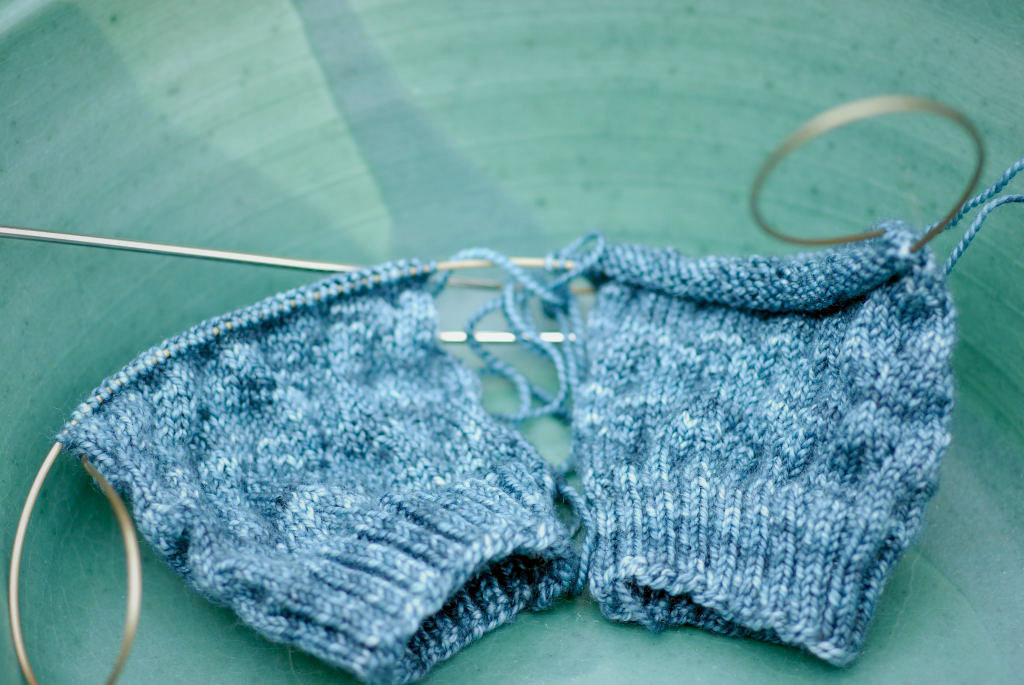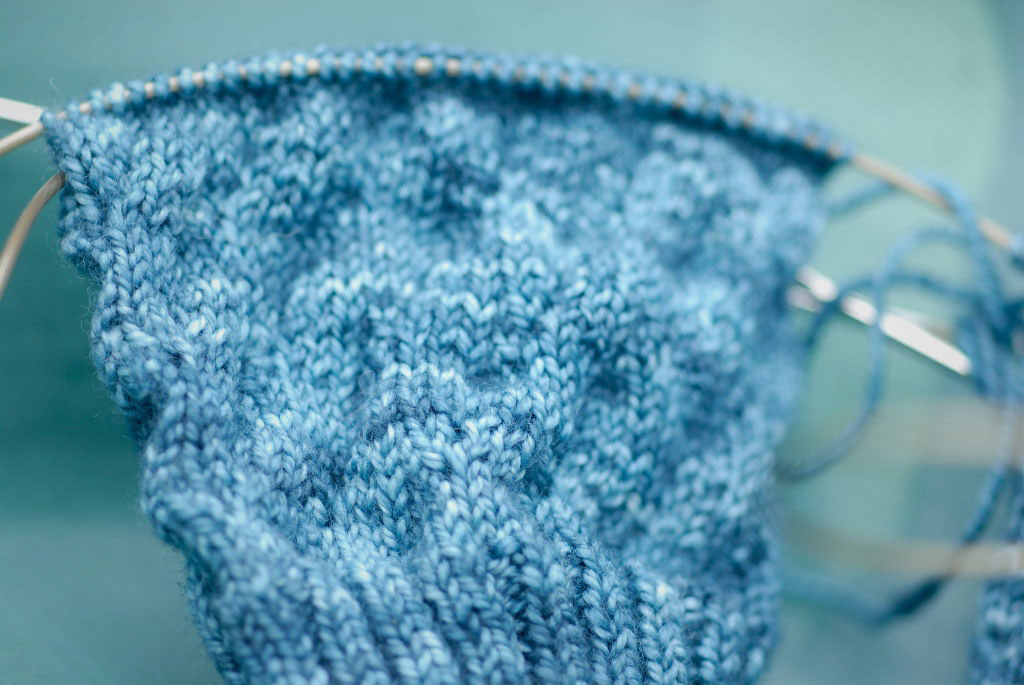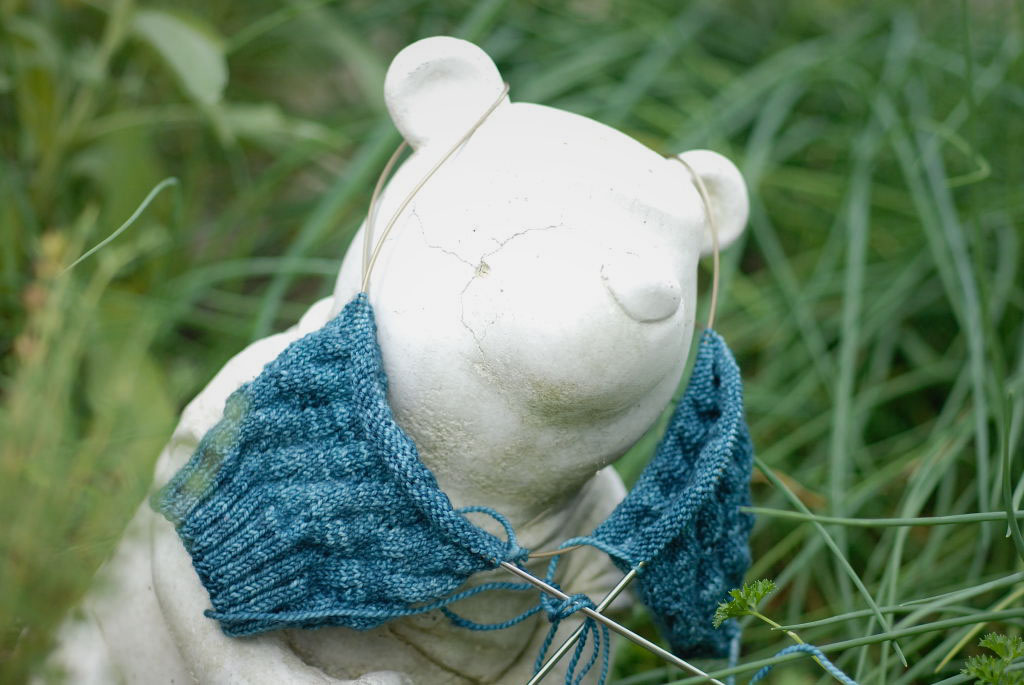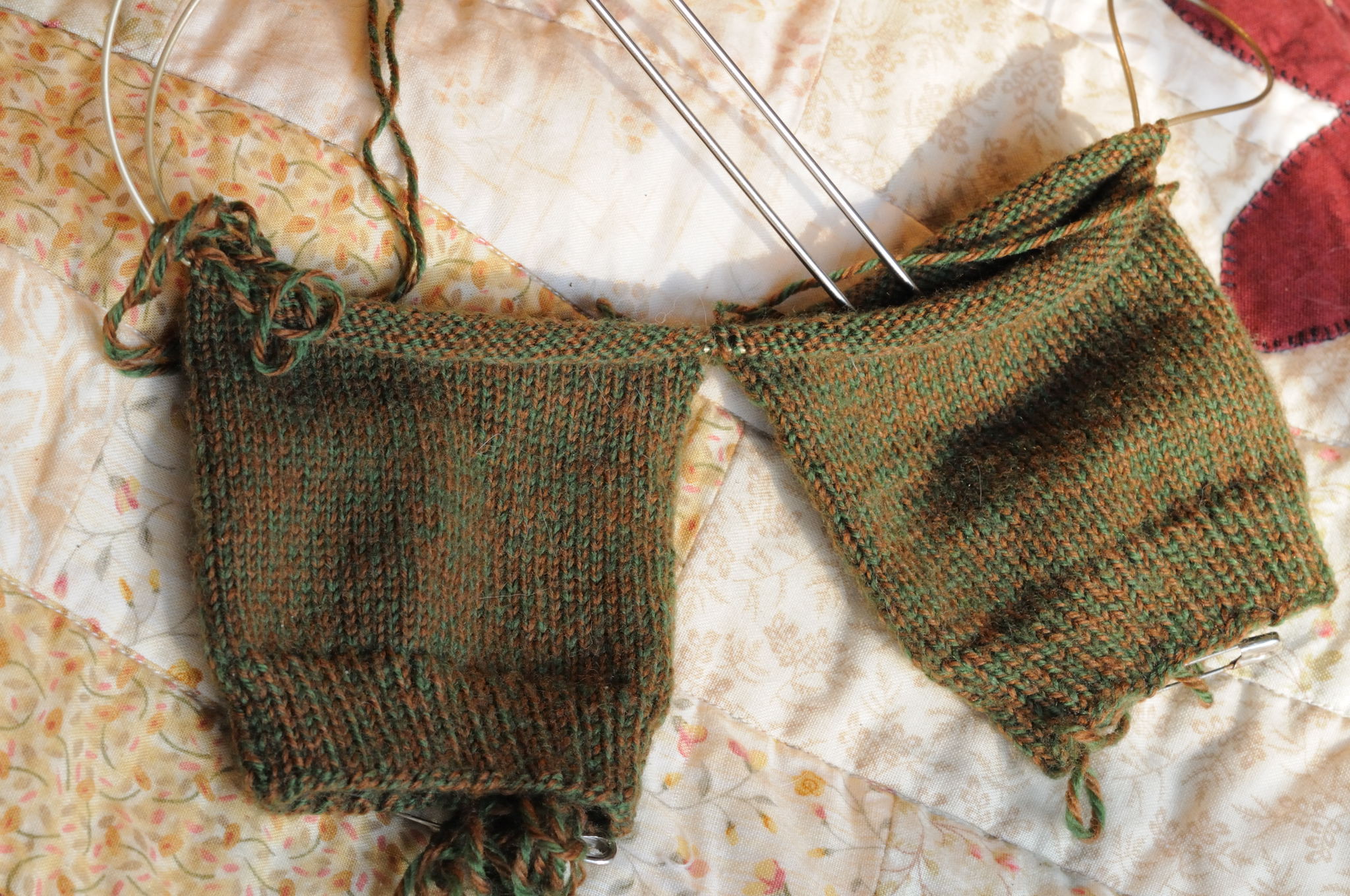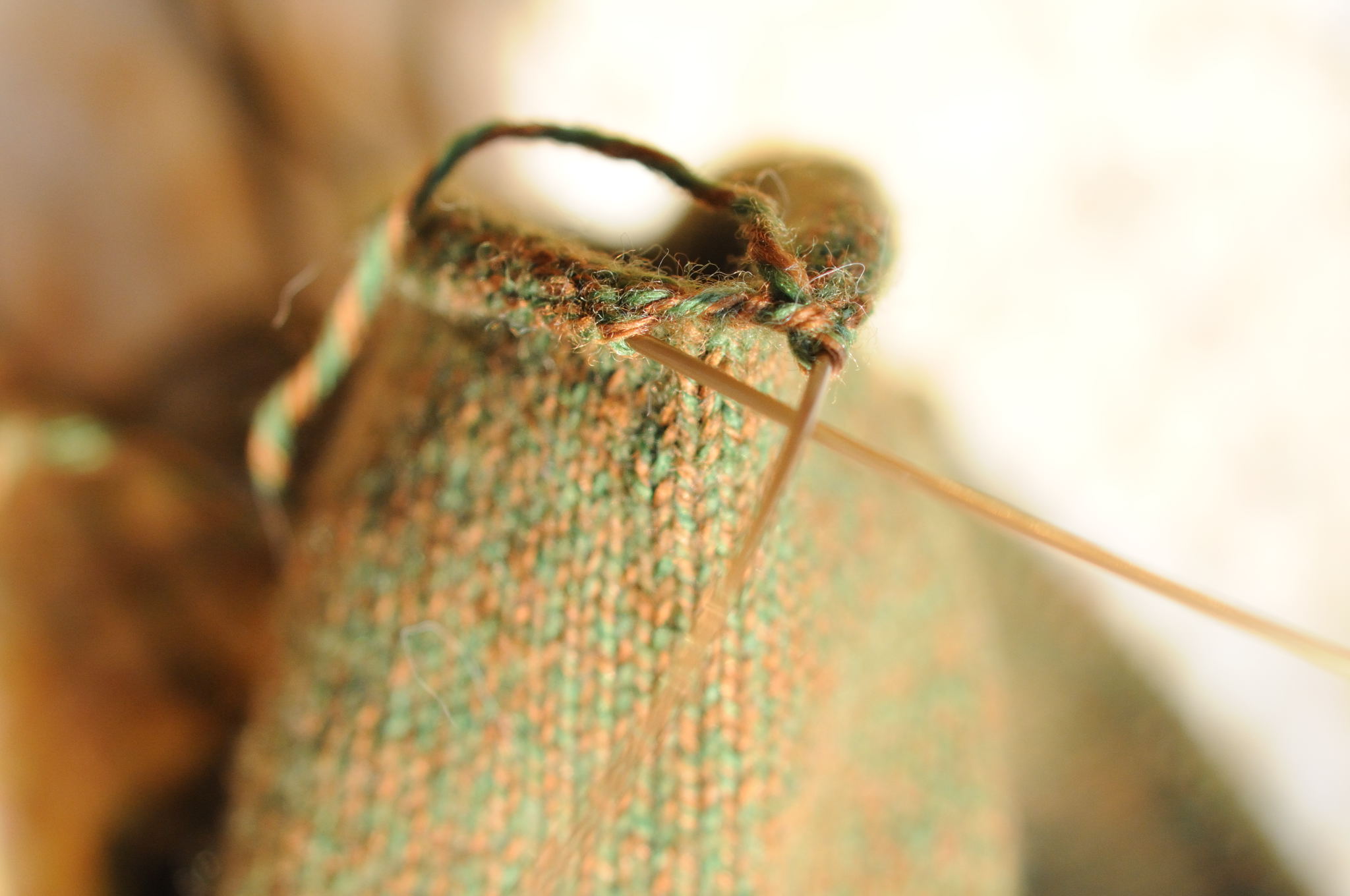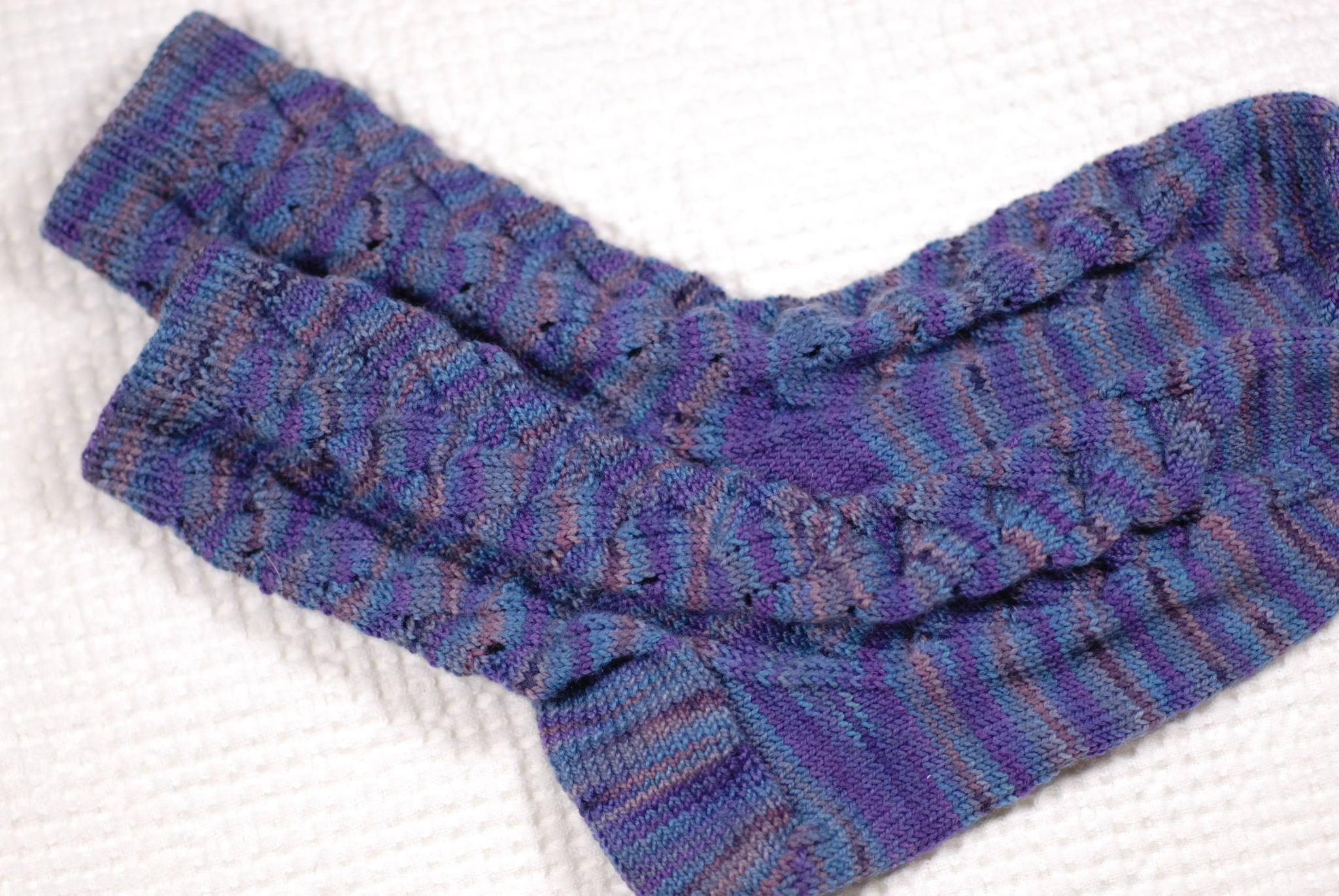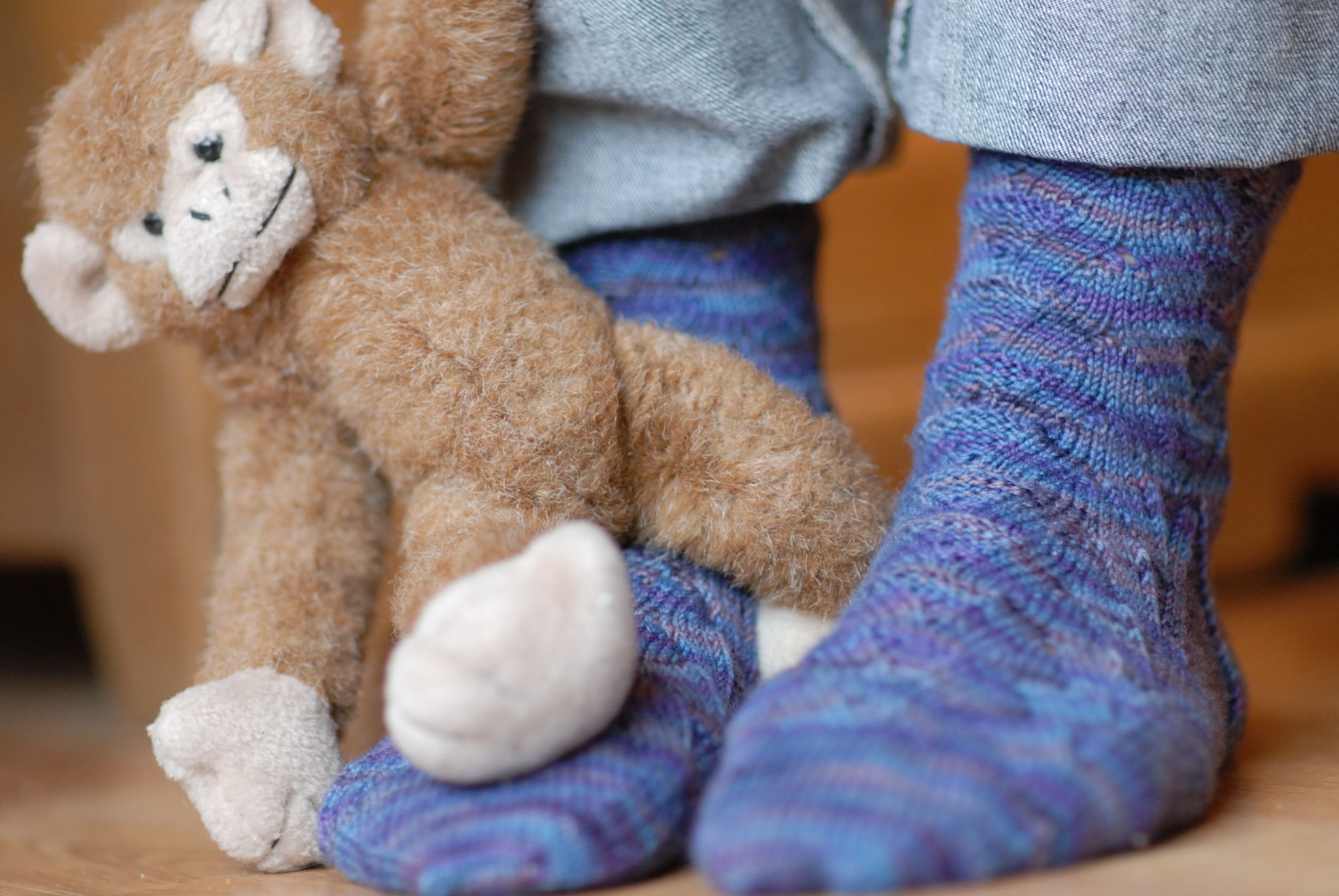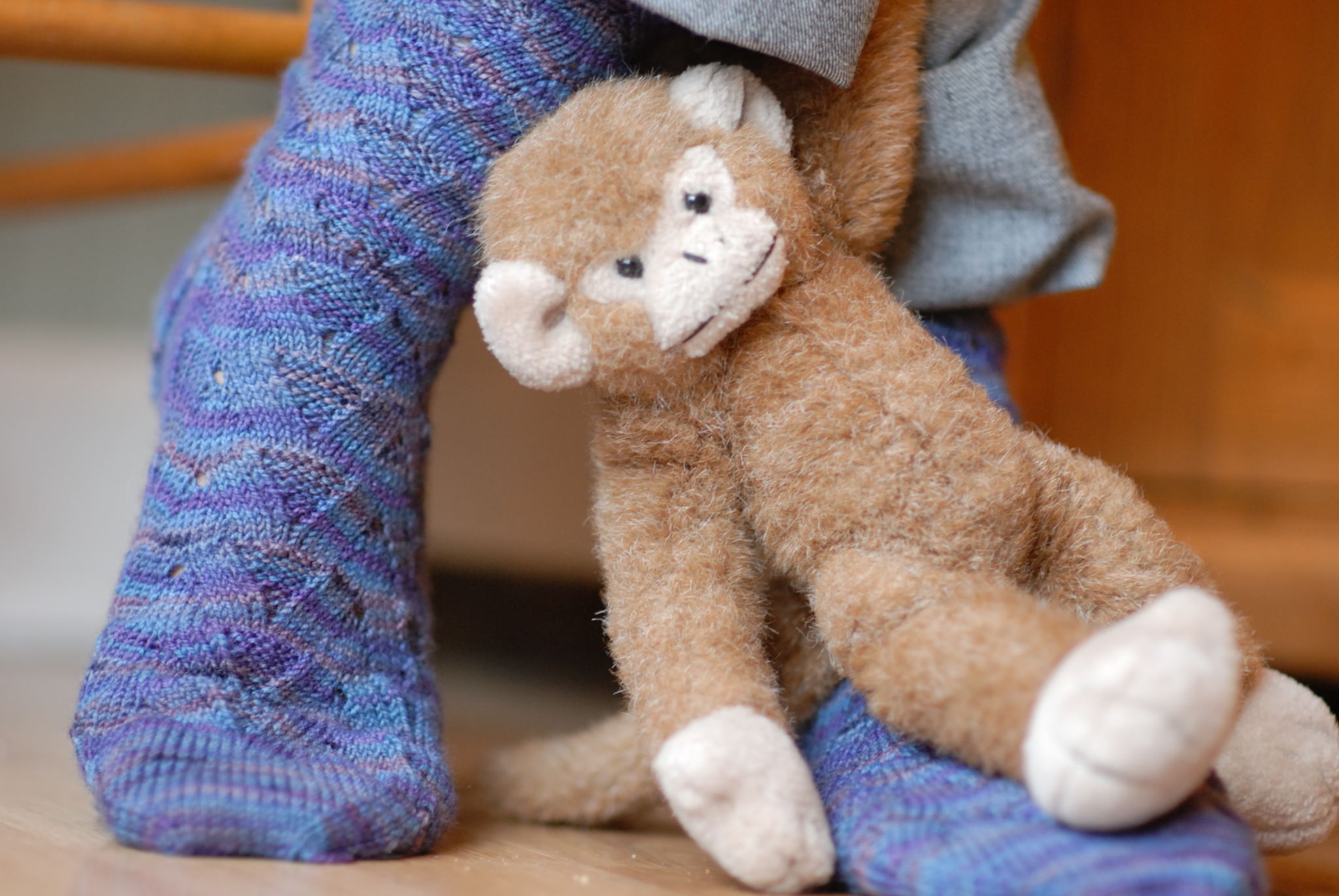A Few Sock Tips
Well hello there! The weekend is getting away from me in a hurry. I hope you’re having a good one. My weekend has been pretty lazy. I went over to MeMum’s this afternoon and watched a movie. We’ve been watching Netflix movies for the last several Saturdays. Last weekend we watched Keeping Mum and we loved it (thanks for the great recommendation Melly and Cami) — highly recommended!
In the last month or so, I’ve had a few invisible friends ask me some sock knitting questions, so I thought I’d write down a few things I’ve learned about sock knitting for those of you who are beginners. And for those of you who harbor a secret desire to start knitting socks (yoohoo Penny…we know that means you LOL!) I’m by no means an expert and I’m sure all sock knitters have their own way of doing things — this is what works best for me.
Socks really aren’t as complicated as you might think. When I took a sock class, the instructor kept talking about a ratio of stitches, but I couldn’t figure out what she was talking about. After I had a few pairs of socks under my belt, it made more sense. Try to think of a sock in halves. The front half and the back half. The front half is the front half of the leg and it runs down on top of the foot. The back half is the back half of the leg and it runs down the heel and along the bottom of the foot. Your sock stitches are evenly divided between front and back. So, for me, I make a sock with 64 stitches — 32 stitches for the front half of the sock and 32 stitches for the back half.
I always use the Ann Norling basic sock pattern for all of my socks. I learned with this pattern and I know that it will always fit me. I think finding a basic pattern that works for you is key to sock success. Here’s a picture of the pattern I use:
Then, from this basic sock pattern, I vary the pattern (note how the word pattern is an overloaded term here) on the leg and the top of the foot. So, for example, if I say I made a pair of socks from the mockery pattern, I really mean that I used my basic Ann Norling sock pattern, but for the cuff and top of the foot, I used the decorative stitches from the mockery pattern (that means that if you click on the mockery pattern, you’ll see that the only instructions I actually used were rounds 1 – 10 of the leg section.) I always knit approximately a 1-inch ribbing at the top of the cuff, plain stockinette on the bottom of the foot and either plain stockinette or the eye of partridge stitch on the heel flap.
When I get to the instructions for the heel flap on my Ann Norling pattern, I substitute eye of partridge instructions. There are lots of eye of partridge variations out there — here is my favorite:
Row 1: sl1, (k1, sl1) to last stitch, k1
Row 2 & 4: sl1, purl across all stitches.
Row 3: sl1, (sl1, k1) to last stitch, k1.
Repeat Rows 1 – 4 for the length required for your heel flap.
And, back to that ratio thing mentioned above, the number of rows in the heel flap should equal 1/2 the total number of stitches. So, in my 64-stitch example, my heel flap will be 32 rows of stitches.
The first time I made socks, I had a hole in the valley of the “V” of the sock’s gusset. I ripped it out and signed up for a sock class. The teacher recommended that if we got a little hole, we should wait until the sock was finished, then turn the sock inside out and run a piece of yarn around the edge of the hole and pull it tight until the hole closed. I really didn’t like that suggestion, so I started picking up an extra stitch in that little valley. It’s incredibly difficult to explain, but luckily for us, Jean has a great little video to show you what we do to prevent that little hole from forming. It’s a great tip and it works every time.
To determine how long to make the foot of your sock, measure the length of your foot, from heel to toe. Then subtract 1 3/4 inches from that measurement and when you reach that length, as you’re knitting the foot, you can begin your toe shaping. So, for example, if your foot measures 9 inches, knit the foot until it measures 7 1/4 inches and then begin your toe shaping.
Finally, at the end of the toe shaping, the sock is finished off with the kitchener stitch. For some reason, many people have trouble with the kitchener stitch. As long as I have the following instructions in front of me, I can always keep it straight (note: kitchener stitch is done with your yarn threaded through a darning needle and you work the darning needle among the stitches as if you were knitting or purling):
Set-up: (do 1 time): FN (front needle) – Purl, leave on needle, BN (back needle) – Knit, leave on needle.
Repeat across toe:
FN-Knit, slip off needle, Purl, leave on needle.
BN-Purl, slip off needle, Knit, leave on needle.
When there are 2 stitches left (one on each needle) just pull them off the needles and weave the end of the yarn through the stitches on the inside of the sock.
Some of my little tips might not make sense if you’ve never made a sock before, but hopefully if you try a sock, they’ll become clear. If you have any questions, feel free to ask! I love to knit socks — they’re the perfect portable project. If you have any interest in knitting at all, I hope you’ll try them!
XOXO,
Anna
P.S. These socks are the Fascine Braid Sock pattern from Mountain Colors. The yarn is Mountain Colors in Wild Raspberry. And special thanks to my SweetiePie model!

